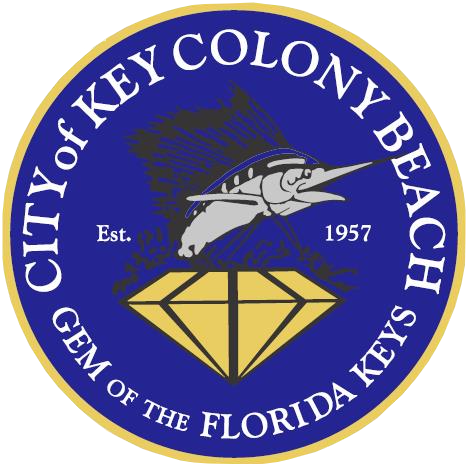Floodplain Regulations
References to Flood Provisions Changes in the Florida Building Code
Flood Provisions of the Florida Building Code (Including details of changes from previous Edition Florida Building Code)
https://www.floridadisaster.org/dem/mitigation/floodplain/community-resources/
Highlights of ASCE 24-14 Flood Resistant Design and Construction (FEMA)
Flood Resistant Construction and the 6th Edition Florida Building Code (Fact Sheet by Building A Safer Florida, BASF)
Summary of Most Significant Flood Provision Changes
- Coastal A Zone and Limit of Moderate Wave Action: New definitions: CAZ delineated by LiMWA if on FIRM or if designated by the community. Requires buildings in CAZ to be designed according to Zone V requirements with two exceptions: backfilled stemwalls and dry floodproofing (nonresidential only), if designed to account for wave loads, scour, and erosion.
- FBC, Building requires buildings in SFHA to be designated by Flood Design Class, per ASCE 24.
- ASCE 24 updated to the 2014 edition.
- FBC, Residential modified consistent with ASCE 24-14:
- Requires minimum elevation of lowest floor (Zone A) or bottom of the lowest horizontal structural member of the lowest floor (Zone V and CAZ) is BFE + 1 foot.
-
- Clarifies flood provisions apply to substantial improvement and repair of substantial damage and if dwelling in more than one flood zone, the more restrictive requirements apply.
-
- Specifies the determination of the net open area of flood openings and separates installation requirements into the new subsection.
-
- Requires all walls to have flood openings, including breakaway walls.
- Requires dwellings in Zone V and CAZ to have an exterior door at the top of stairs that provide access to the dwelling and that are enclosed by walls.
-
- Adds requirements for tanks.
Building to Base Flood Elevation (BFE)
Reduce or avoid flood losses by building above the Base Flood Elevation (BFE). The BFE is the elevation floodwater is anticipated to rise during the base flood. BFEs are shown on Flood Insurance Rate Maps and on flood profiles. The BFE is the regulatory requirement for the elevation of structures. The relationship between the BFE and a structure’s elevation determines the flood insurance premium.
Structures Below Base Flood Elevation
Legally permitted enclosures below the base flood elevation are for building access, limited storage, and parking only. Limited storage means storage of lawnmowers, rakes, wheelbarrows, and similar pieces of equipment that are normally stored outside. Limited storage does not apply to household furnishings, workbenches, freezers, refrigerators, or other items subject to damage if exposed to saltwater. If you are purchasing a home with a finished enclosure below the base flood elevation, it may not be permitted construction and may be subject to enforcement proceedings.
Build Responsibly
Before buying a property, be sure to check with the Key Colony Beach Building Department for a permitting history.Once you purchase a property, you may be required, at your own expense, to make alterations to a property that did not obtain the proper permits.
Substantial Improvement, Substantial Damage, and the “50 Percent Rule”
The National Flood Insurance Program and Monroe County regulations require improvements to structures within a Special Flood Hazard Area must meet current construction standards including elevating the building to or above
the 100-year flood elevation if the improvement is 50% or more of the market value of the property.
Substantial Damage
This occurs when the cost of restoring the structure to the condition before the damage would equal or exceed 50 percent of the market value of the structure before the damage occurred. (Note: The cost of the repairs must include all costs necessary to fully repair the structure to its “before damage” condition, including labor.)
Substantial Improvement
Any reconstruction, rehabilitation, addition, or another improvement of a structure, for which the cost equals or exceeds 50 percent of the market value of the structure before the "start of construction" of the improvement.
This term includes structures that have incurred "substantial damage," regardless of the actual repair work performed. The term does not, however, include either:
- Any project for improvement of a structure to correct existing violations of state or local health, sanitary, or safety code specifications which have been identified by the local code enforcement official and which are the minimum necessary to assure safe living conditions; or
- Any alterations of a "historic structure," provided that the alteration will not preclude the structure’s continued designation as a historic structure.
Ways to Protect Your Property
Protecting your property from flooding can involve a variety of actions:
Following building requirements
Floodproofing
Elevate your home/ utilities
Build with flood-resistant materials
Raise electrical system components
Install sewer backflow valves
Keep lawn waste and trash out of storm drains and waterways
Details on protective measures
FEMA P-312 Homeowner’s Guide to Retrofitting
FEMA Floodproofing Certificate
Note: Most of these actions, especially those that affect the structure of your building or their utility systems, should be carried out by qualified maintenance staff or licensed contractors. Make sure to check with your insurance provider prior to making any modifications to your property and verify any reductions in premiums that may result from your proposed modifications.

